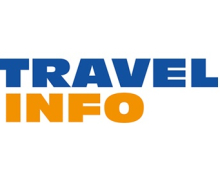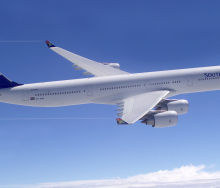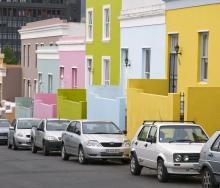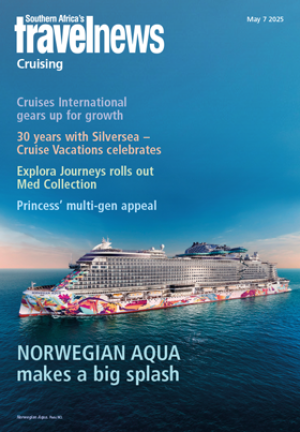Turbulent international politics, trade tensions, and protectionism have diminished hopes for the realisation of a Single African Air Transport Market (SAATM), according to Rodger Foster, the outgoing CEO of Airlink. Speaking during his final address at the Barsa Summit, Foster expressed disappointment over the stalled progress of the initiative.
“SAATM is a wonderful idea. It would have been great if it had worked. But, after 38 years, it seems to be more of a dud than a silver bullet,” Foster admitted, explaining that the open-skies policy was framed to the key in unlocking growth and development in African aviation.
Protectionism
Despite efforts of the African Union and its agency, the African Civil Aviation Commission, to encourage African governments to sign up and implement SAATM, many governments remained hesitant, said Foster.
Aaron Munetsi, the CEO of Airlines Association of Southern Africa, explained that some African governments have openly opined that will not adopt SAATM because they need to protect their national carriers.
"This is misplaced protectionism because with or without SAATM the said national carriers lack the requisite economies of scale or the agility of larger and mostly privately owned carriers. The fear that opening up the skies would result in their fledgling national carriers becoming bankrupt and therefore diminish the national status by not having a national carrier is as paramount as it is misplaced,"said Munetsi.
Aviation consultant, Sean Mendis, pointed out that while SAATM was designed to promote regulatory recognition and facilitate cross-border operations, it has not materialised as intended.
“Airlines from one country still have to apply to other countries’ economic regulators for access. It is still impossible to operate freely within the continent,” said Foster.
Furthermore, the lack of reciprocal recognition of airworthiness certification and licences meant that airlines applying to operate in other countries often faced excessive costs as civil aviation authorities insisted on conducting their own audits of foreign facilities and operational protocols, said Foster. These challenges were compounded by “extortionate” operating permits and fees on airlines.
“Political words have been plentiful but it’s the will that is lacking,” noted Foster. “Is SAATM even still feasible at a time when the world is being driven further away from globalisation and forced back to nationalism and protectionism?”
The work around
According to Mendis, African countries that wanted to embrace open skies had chosen to do so on a bilateral and regional multilateral basis outside the SAATM mechanism. These agreements include the Banjul Accord in West Africa, and the East African Community (EAC) agreement.
“The countries who chose instead to pay lip service to the open skies principles remain isolated outside of these agreements and in the medium- to long-term they will find their own market growth constrained as a result,” said Mendis.
SAATM as a guiding principle
“SAATM is beyond rescue and we should accept that its moment has passed and pivot to something more realistic, fit for purpose, and practical,” said Foster.
Mendis suggested that SAATM would likely become a set of guiding principles rather than an operational framework for a unified African air transport market.
Foster highlighted countries such as Mozambique, Zimbabwe and Namibia, which are lifting some bilateral restrictions on frequencies, capacity and ports of entry. He said these moves would yield immediate benefits.
While Foster maintained that SAATM might no longer be the way forward for African aviation, he highlighted that growth was possible if African governments embraced fresh, growth-focused economic strategies with supportive, enabling regulatory frameworks that were common and synchronised.
"The ideals and principles of SAATM are worth pursuing, even if they might not be realised across the entire continent. What we are seeing is the realisation by several countries that adopting a more open approach enables greater connectivity, which stimulates new foreign revenue streams through business and leisure tourism, trade and commerce,"said Munetsi.














